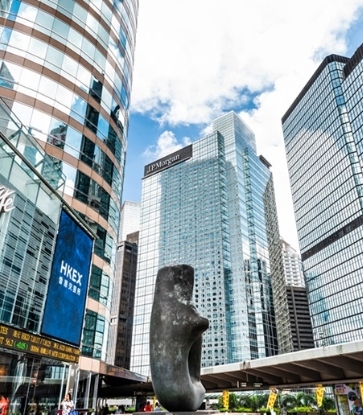Ah, the holidays. And not just any holiday at that. It’s Seol, arguably the most excessive holiday, along with Chuseok, in this part of the world. It’s a day of out-and-out gluttony that begins at the crack of dawn and stretches on until exhaustion gets the better of you.
Let’s list some of the timeless holiday favorites, shall we? There is jeon – an assortment meats, vegetables, and seafood dusted with flour, coated in egg wash and pan-fried until golden; bindaetteok (a.k.a. nokdu-jeon), round savory pancakes made with a batter of ground mung beans; mandu, Korean-style dumplings whose recipe varies from household to household; an assortment of namul, seasoned vegetables that have been blanched or stir-fried; japchae, translucent sweet-potato noodles tossed with stir-fried vegetables and meat, and seasoned with soy sauce, sugar, and sesame oil; galbijjim, beef short ribs braised with chestnuts, daikon radish, shiitake mushrooms in a sweet soy sauce-based liquid until the meat is fall-off-the-bone tender.

Of course, what constitutes a “Seol spread” depends on family to family and region to region. But, if there is one dish that is synonymous with the holiday itself, it is tteokguk, a meat or seafood-based broth containing slices of dense, chewy rice cake. Eating a bowl of tteokguk signifies adding a year to your life. Sure, that isn’t exactly something one looks forward to past a certain age, but eating tteokguk means starting things afresh and good fortune for the new year.
Here are some facts about this iconic holiday dish that you may not know about. Also, happy prosperous new year!
- Historical records dating back to the early 19th century show that tteokguk was a special treat eaten only on special days as rice was valuable commodity back in the days when food was scarce.
- Tteok was made by pulverizing newly-harvested rice, which was then sifted, mixed with water to form a wet dough, and pounded until smooth and elastic. The dough was then rubbed between two hands to form a long cylindrical shape before being thinly sliced and added to a clear broth, which was then boiled and served with garnish like sliced spring onions, julienned egg yolk crepe, and crushed laver.
- The five colors of tteokguk – white rice cake, the red meat, the green spring onions, yellow egg yolk crepe and black laver – symbolize the Yin Yang and the Five Elements Theory.
- The long cylindrical shape of the rice cake prior to being sliced symbolizes longevity.
- White rice cake symbolizes purity.
- The diagonally-sliced rice cakes with their elongated oval shape symbolize increased wealth, while the round-shaped rice cakes – resembling coins – symbolize hopes for prosperity in the new year.
- In the old days, pheasant was the preferred choice of meat for the tteokguk broth.
- Certain parts of Gyeongsangdo Province add oysters and tofu to tteokguk. In Jeollado Province, households prepare tteokguk with chicken broth.
Published 2018.02.15



















